NFC Payments: Everything You Need to Know About
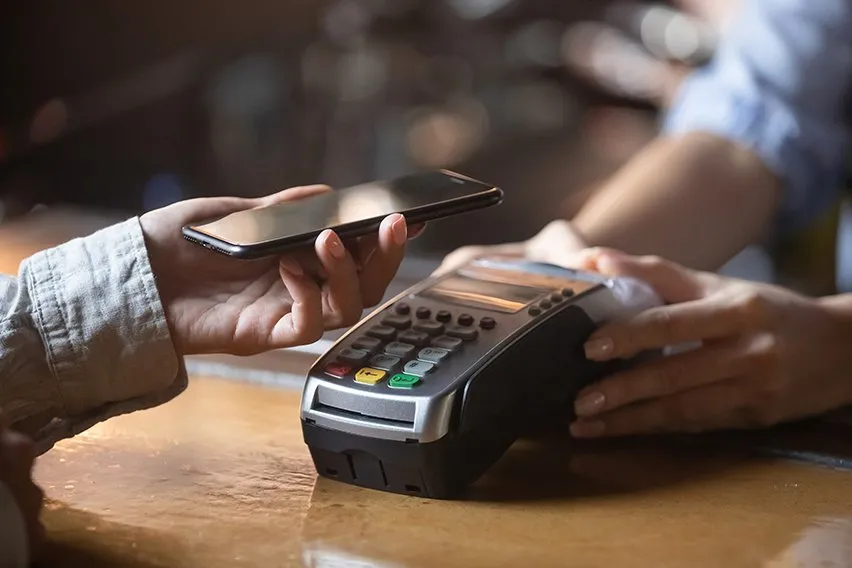
The way we pay for things has slowly but surely changed and evolved over the last 30 years or so.
Technology has made a huge impact on the way that we purchase goods. Cash used to be king, then credit and debit cards came along, now e-wallets and NFC payments are the way to go.
But what exactly is an NFC payment and how do they work? We’ll tell you everything you need to know about the most recent form of payment.
Here’s What We’ll Cover:
What Are NFC payments?
NFC payments are a form of contactless payments that use near-field communication, or NFC. This technology exchanges data between readers and payment devices. Things like Apple Pay or Google Pay e-wallets in smartphones and smartwatches utilise this form of technology. Tap-to-pay credit cards and debit cards also use this tech.
NFC devices must be typically less than two inches apart to initiate the payment sequence and complete a contactless payment.

Why Use NFC Payments?
NFC payments are a hugely popular and widely used form of offline and online payment. This is because they are contactless, encrypted and highly secure. They also help to speed up the whole checkout process.
There was a surge of popularity during the Covid-19 pandemic as it was seen as a hygienic alternative to cash, chip and pin or signature payments. Due to the increased popularity, most merchants will now offer NFC readers.
How Do NFC Payments Work?
When a payment method and reader devices are close together and activated, the NFC chips will exchange encrypted data.
The wireless connection between the two devices uses radio waves. This is similar to radio-frequency identification, or RFID, labels. These RFIDs are used in stores, warehouses and other wireless tracking applications.
All NFC chips use a specific RFID radio frequency that will only work when both of the NFC chips are placed very close to each other.
Are NFC Payments Secure?
It is common for people to feel uneasy about the idea of paying through a mobile device without verification or PIN number used. But in reality NFC payments are extremely secure.
NFC transactions are encrypted and dynamic. This means that they are constantly changing and evolving to become more secure.
Some forms of NFC are less secure than others. For example, if somebody were to steal your contactless payment card. Then they could use the contactless payment to purchase goods without first needing your PIN number. But there is a limit on how much you can spend on the debit or credit card before you need to re-enter your PIN. There is also a maximum amount of £45 for each purpose you can spend on a contactless card payment.
However, if you are using a smartphone or mobile device then you will first need to unlock your phone to use the mobile payments functionality. This is seen as far more secure as most phones will use facial recognition technology or require a secure PIN number.
Because of this added level of security, neither Apple Wallet nor Google Pay have a contactless payment limit. So you can purchase high-priced items with contactless payments.

How to Accept NFC Payments
If you have a business and want to be able to accept NFC payments then you will need an NFC-enabled reader for your payment terminal. You will also need your credit card processing plan to accept digital e-wallet payments.
In most cases, processing fees for NFC payments are the same as regular card-present payments. However, the exact pricing will vary depending on your merchant account and your plan.
Key Takeaways
NFC payments are an easy and secure way to both process and accept payments.
They lead to a faster checkout process, a better and more convenient customer experience and offer increased security.
Are you looking for more business advice on everything from starting a new business to new business practices?
Then check out the FreshBooks Resource Hub.
RELATED ARTICLES

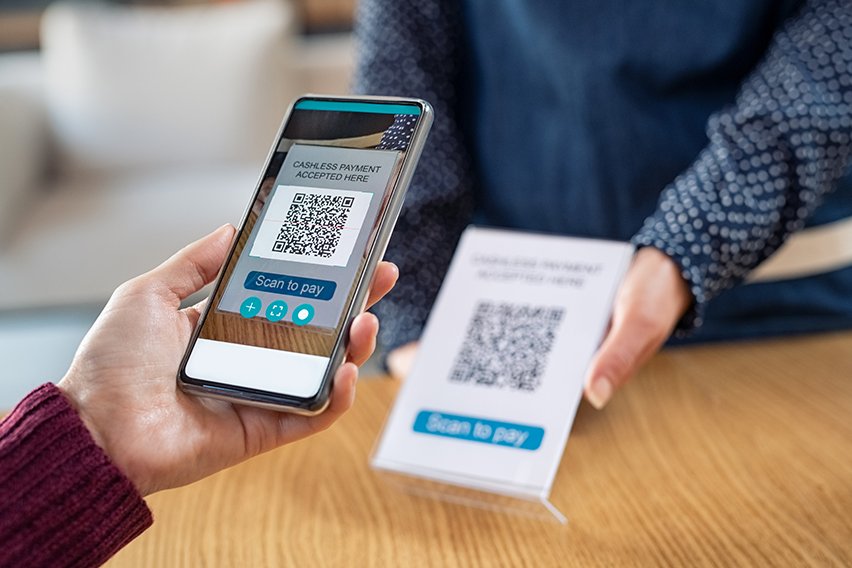 BACS Vs CHAPS: What’s the Difference?
BACS Vs CHAPS: What’s the Difference?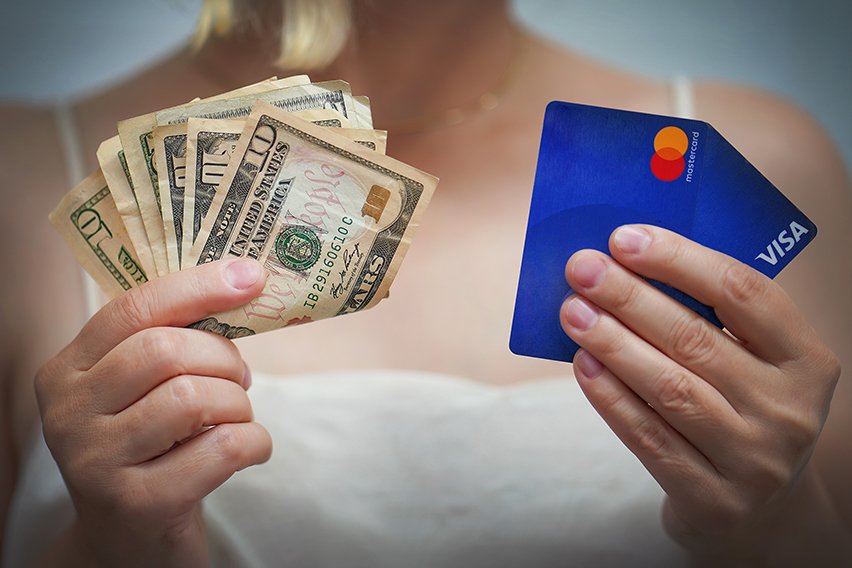 Cash Vs Credit: Which Should You Use?
Cash Vs Credit: Which Should You Use?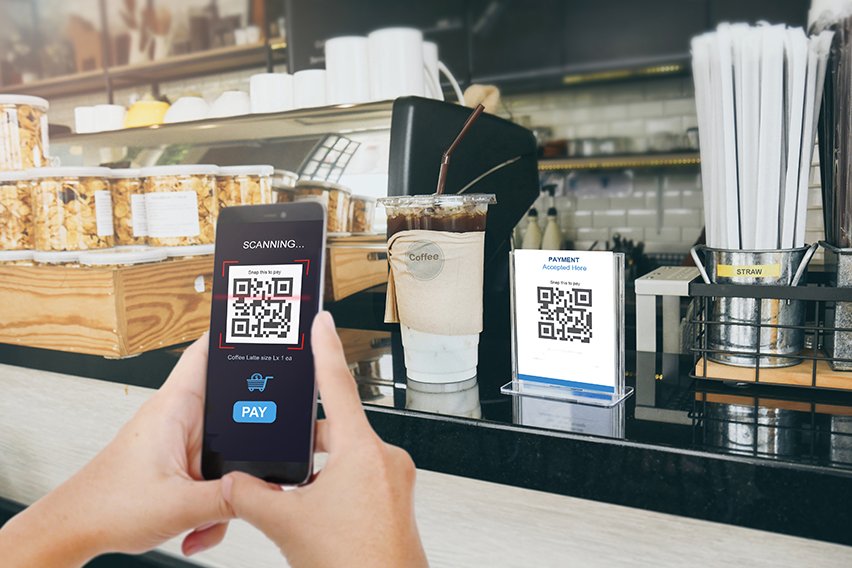 What Are Interchange Fees & Its Calculation?
What Are Interchange Fees & Its Calculation?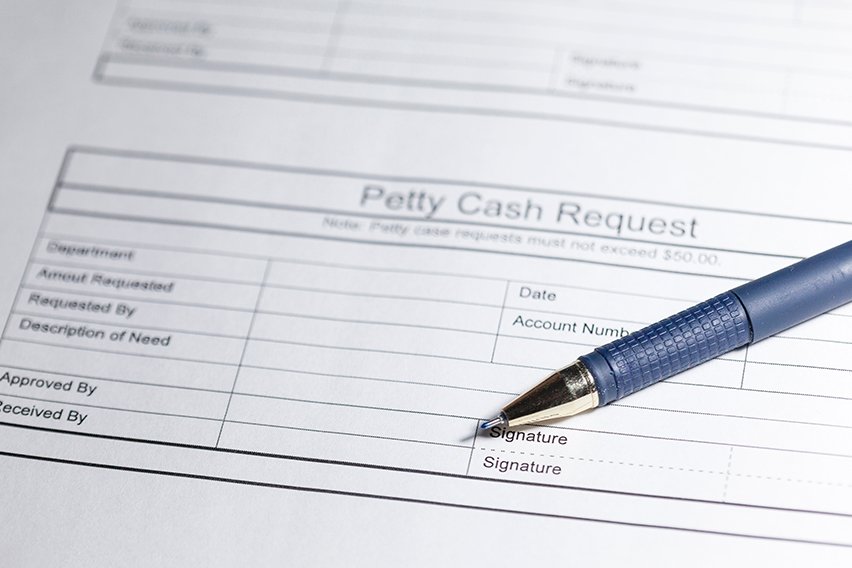 What Is Petty Cash? How to Set Up & Manage It
What Is Petty Cash? How to Set Up & Manage It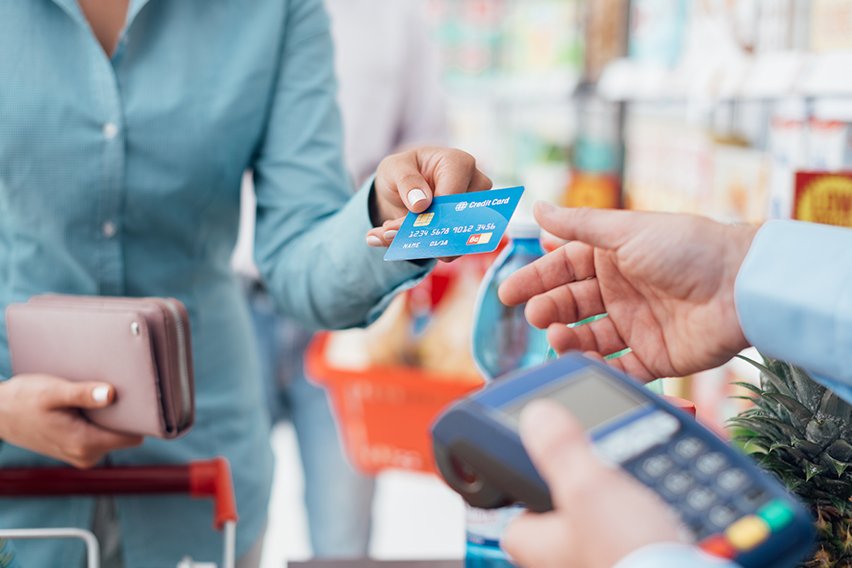 What Is a Transaction? Definition & Meaning in Accounting
What Is a Transaction? Definition & Meaning in Accounting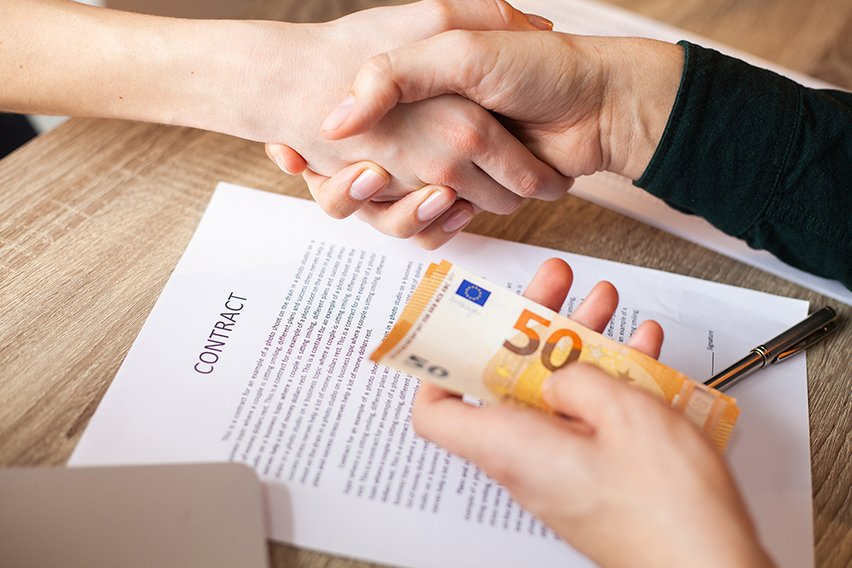 What Is a Facilitation Payment? Definition & Examples
What Is a Facilitation Payment? Definition & Examples